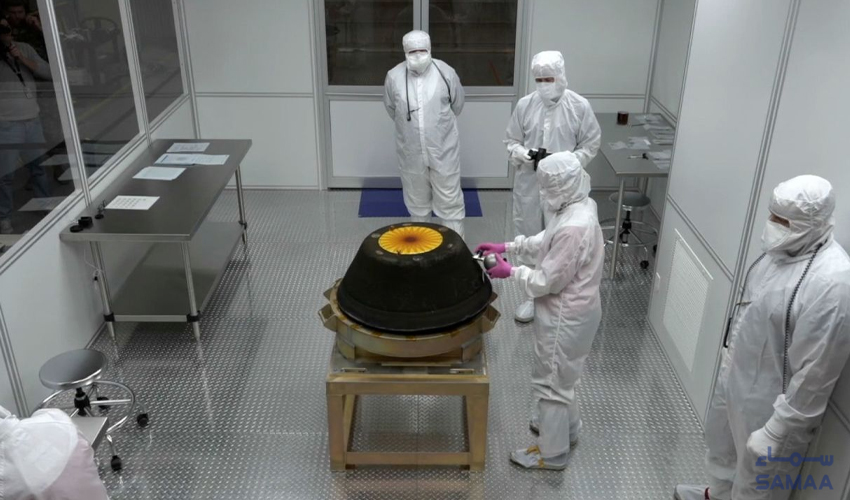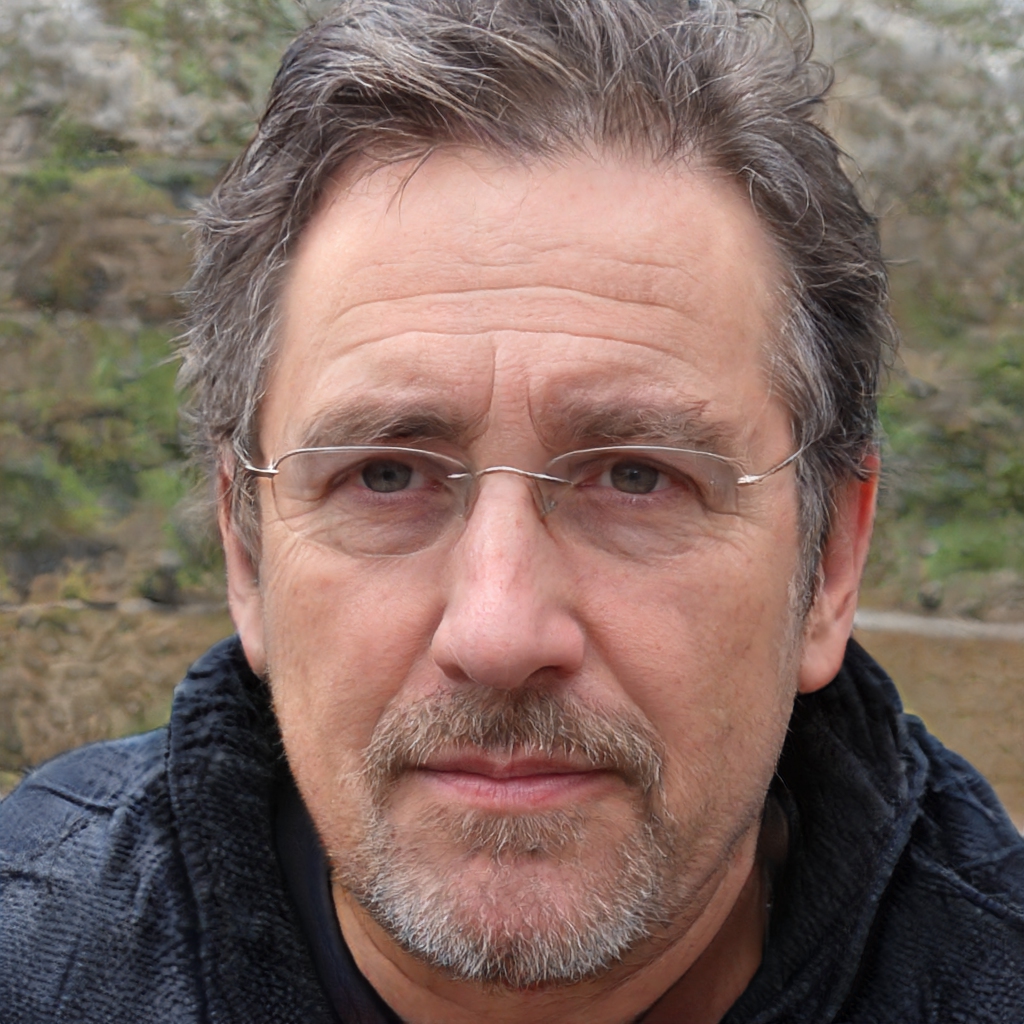NASA Unveils The Abundance Of The Bennu Asteroid Treasures
NASA unveils the abundance of the Bennu asteroid treasures as it opens the aluminum canister housing fragments of the ancient space rock. After overcoming difficulties with two stuck fasteners in the TAGSAM (Touch-and-Go Sample Acquisition Mechanism) head earlier this month, NASA's OSIRIS-REx team was able to open the canister successfully.
Author:Camilo WoodReviewer:Dexter CookeJan 23, 202450 Shares50.4K Views

NASA unveils the abundance of the Bennu asteroid treasures as it opens the aluminum canister housing fragments of the ancient space rock.After overcoming difficulties with two stuck fasteners in the TAGSAM (Touch-and-Go Sample Acquisition Mechanism) head earlier this month, NASA's OSIRIS-REx team was able to open the canister successfully.
With the sampler head finally opened, NASA unveiled a substantial portion of the previously unseen asteroid samples. This development is highly significant for global science teams eagerly anticipating pieces that could provide insights into the origins of the solar system.
According to NASA, Erika Blumenfeld, the creative lead for Advanced Imaging and Visualization of Astromaterials (AIVA), and project lead Joe Aebersold used manual high-resolution precision photography and a semi-automated focus stacking procedure to capture the image below.
Before extracting the majority of the asteroid sample, a few steps are still in progress. The curation team is set to remove the round metal collar and transfer the remaining sample from the TAGSAM head into smaller sample trays resembling pie wedges. Following this, the trays will undergo photography, and the sample will be weighed, packaged, and then stored at NASA’s Johnson Space Center in Houston, Texas.
The sample's exact weight will reveal the precise amount of asteroid material that the OSIRIS-REx spacecraft brought to Earth. Upon the initial removal of the aluminum lid from the sample canister, team members discovered black dust and debris on the canister's avionics deck. Some of this material was extracted using tweezers or a scoop while securing the TAGSAM head's mylar flap.
The current estimated weight of the sample is approximately 8.8 ounces (250 grams) of rock and dust. Notably, with the additional bonus sample, NASA has already exceeded its target of bringing at least 2.12 ounces (60 grams) of material back to Earth.
The OSIRIS-REx mission, initiated in September 2016, reached asteroid Bennu in December 2018. After successfully collecting pieces of the small, near-Earth asteroid in October 2020, the spacecraft commenced its return journey to Earth in May 2021.
The sample was deposited in the Utah desert in September 2023, but opening the round sampler head at the end of an articulated arm proved challenging for NASA. In November, the curation team successfully developed new tools that fit inside the glovebox containing the canister, ultimately overcoming the obstacles posed by the fasteners.
The fragments of the returned asteroid will be distributed among a sample analysis team consisting of 230 scientists worldwide, facilitating an in-depth exploration of Bennu's composition. NASA plans to retain a minimum of 70 percent of the sample at the Johnson Space Center for future research, leveraging anticipated advancements in technology over the coming decades. Also, portions of the asteroid material will be made accessible for public display at institutions such as the Smithsonian Institution, Space Center Houston, and the University of Arizona.
Bennu, a small, near-Earth asteroid with a close pass to Earth every six years, is believed by scientists to have originated from a larger carbon-rich asteroid approximately 700 million to 2 billion years ago. It has since drifted closer to Earth. The analysis of these asteroid fragments in laboratories is expected to provide valuable insights into the origins of the solar system.
Conclusion
The final mass of the sample will be determined in the coming weeks, according to NASA. The anticipation is high as scientists eagerly await further revelations from this continually generous asteroid sample.
Jump to

Camilo Wood
Author
Camilo Wood has over two decades of experience as a writer and journalist, specializing in finance and economics. With a degree in Economics and a background in financial research and analysis, Camilo brings a wealth of knowledge and expertise to his writing.
Throughout his career, Camilo has contributed to numerous publications, covering a wide range of topics such as global economic trends, investment strategies, and market analysis. His articles are recognized for their insightful analysis and clear explanations, making complex financial concepts accessible to readers.
Camilo's experience includes working in roles related to financial reporting, analysis, and commentary, allowing him to provide readers with accurate and trustworthy information. His dedication to journalistic integrity and commitment to delivering high-quality content make him a trusted voice in the fields of finance and journalism.

Dexter Cooke
Reviewer
Dexter Cooke is an economist, marketing strategist, and orthopedic surgeon with over 20 years of experience crafting compelling narratives that resonate worldwide.
He holds a Journalism degree from Columbia University, an Economics background from Yale University, and a medical degree with a postdoctoral fellowship in orthopedic medicine from the Medical University of South Carolina.
Dexter’s insights into media, economics, and marketing shine through his prolific contributions to respected publications and advisory roles for influential organizations.
As an orthopedic surgeon specializing in minimally invasive knee replacement surgery and laparoscopic procedures, Dexter prioritizes patient care above all.
Outside his professional pursuits, Dexter enjoys collecting vintage watches, studying ancient civilizations, learning about astronomy, and participating in charity runs.
Latest Articles
Popular Articles
